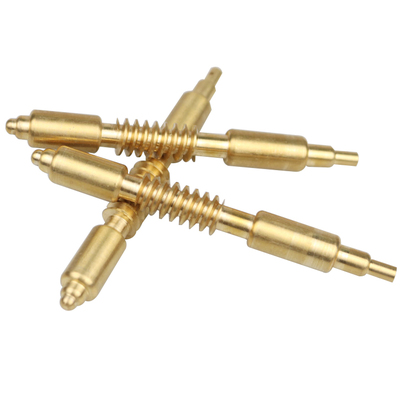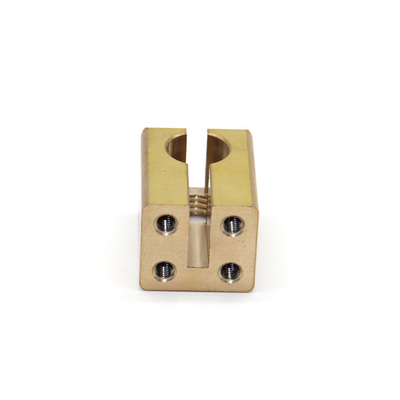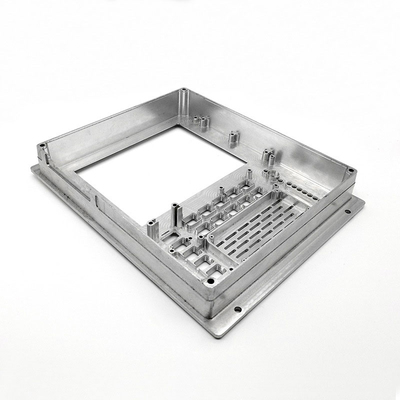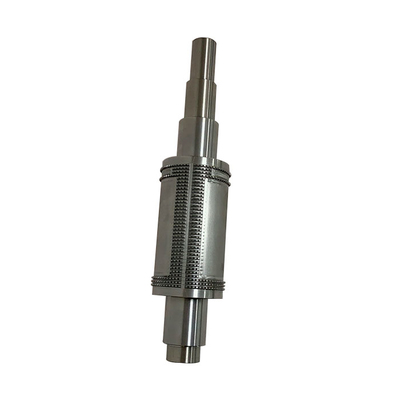Metal Gears vs Plastic Gears: Which Is the Better Option for Your Project?
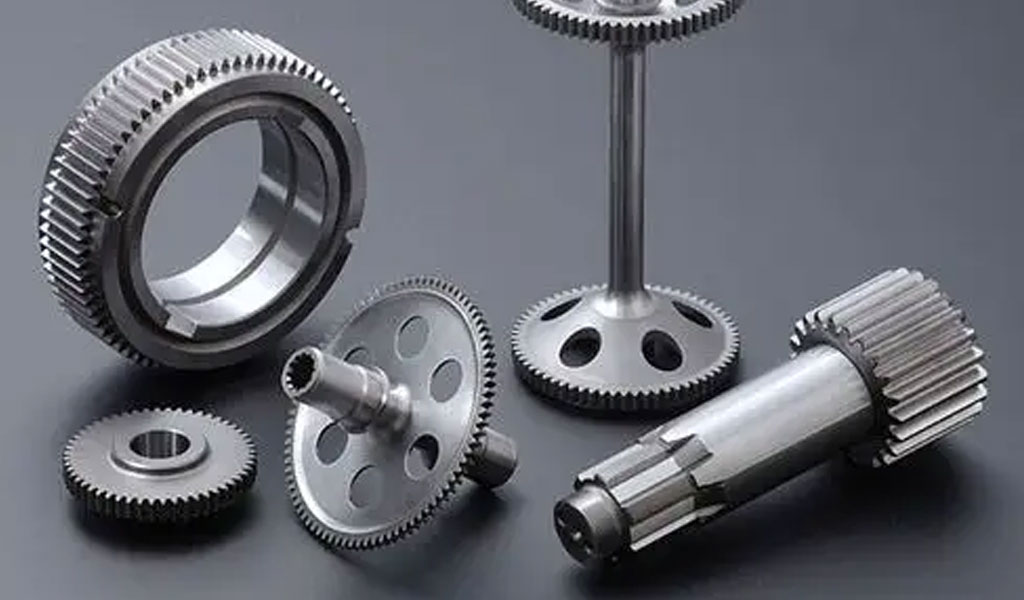
In the realm of mechanical engineering, gear systems are a cornerstone technology used in countless applications, from simple household appliances to sophisticated machinery in industries like aerospace, automotive, and robotics. Gears are mechanical devices with teeth that mesh together to transmit motion and force between machine components. These gears can be made from various materials, with metal and plastic being the two most common options. Each material has its advantages and disadvantages depending on the intended application.
This article provides a comprehensive comparison between metal and plastic gears, focusing on factors such as material properties, performance characteristics, manufacturing processes, costs, and environmental impact. The aim is to guide engineers, designers, and manufacturers in choosing the most suitable material for their gear systems based on specific project requirements.
Overview of Metal Gears
Metal gears are traditionally the go-to choice in applications where durability, strength, and high performance are required. These gears are made from a variety of metals, with common choices including steel, brass, aluminum, and cast iron. The selection of a particular type of metal depends on the operational demands, such as the amount of torque and the speed at which the gears need to function.
Properties of Metal Gears
Metals are characterized by their robustness, resistance to wear, and ability to withstand extreme conditions. The mechanical properties that make metal gears so effective include:
- Strength: Metals have high tensile and shear strength, allowing them to handle high torque loads without failing. For example, hardened steel gears can withstand significant stress without deformation, making them ideal for heavy-duty applications.
- Durability: Metal gears are highly durable and can operate for extended periods without significant degradation, especially under conditions where wear resistance is critical.
- Heat Resistance: Metals generally perform better than plastics in high-temperature environments. This is essential for applications in industries such as aerospace, automotive, and heavy machinery.
- Wear Resistance: Metals, especially those with hard coatings or heat-treated surfaces, exhibit excellent wear resistance, which extends the lifespan of the gear system.
Types of Metals Used in Gear Manufacturing
The choice of metal for gears can vary based on factors such as cost, strength, and the specific requirements of the application. Some commonly used metals include:
- Steel: One of the most popular choices, steel is used for high-performance gears due to its excellent strength, durability, and heat resistance. Steel gears can be further categorized into carbon steel, alloy steel, and stainless steel, with each offering different properties based on the alloying elements.
- Brass: Brass is often used for gears in low-load applications, such as in small household appliances. It has good machinability, corrosion resistance, and can provide quiet operation when compared to harder metals.
- Aluminum: Aluminum gears are lightweight and corrosion-resistant, making them ideal for applications where weight is a critical factor. They are typically used in low-to-moderate load conditions.
- Cast Iron: Cast iron is commonly used for gears in machinery where durability and ease of manufacturing are prioritized over weight.
Manufacturing Processes for Metal Gears
Metal gears are typically produced through processes such as casting, forging, and machining, with each method offering distinct advantages:
- Casting: This is the process of pouring molten metal into a mold to create the gear shape. It is used for large gears or those with complex shapes.
- Forging: Forged gears are created by shaping metal under high pressure. This process results in a gear with higher strength and resistance to fatigue.
- Machining: Machining involves cutting and shaping the gear using tools like mills, lathes, and hobbing machines. It allows for precise control over gear dimensions and tooth profiles, ensuring high-performance gear systems.
Overview of Plastic Gears
Plastic gears are an increasingly popular choice in many industries due to their low cost, ease of manufacturing, and ability to perform in specific conditions where metal gears may not be suitable. Plastic gears are typically made from polymers such as nylon, acetal, and polycarbonate. These materials provide several unique benefits, especially in applications where noise reduction, weight savings, or corrosion resistance are essential.
Properties of Plastic Gears
Plastic gears offer several properties that make them desirable in certain applications:
- Lightweight: Plastics are significantly lighter than metals, which can be advantageous in applications where weight is a critical factor. This is especially true in the automotive and aerospace industries, where reducing the weight of components can lead to significant performance improvements.
- Corrosion Resistance: Unlike metals, plastics are naturally resistant to corrosion, making them ideal for use in environments where exposure to moisture, chemicals, or corrosive agents is a concern.
- Noise Reduction: One of the most notable advantages of plastic gears is their ability to reduce noise. The material's ability to absorb vibrations and operate more quietly than metal gears makes them a preferred choice in applications like household appliances, printers, and audio equipment.
- Electrical Insulation: Plastic gears can act as electrical insulators, making them ideal for applications in the electrical and electronics industries, where grounding and short-circuit prevention are important considerations.
- Lower Friction: Plastic gears typically have lower friction coefficients compared to metal gears. This can result in smoother operations, reduced heat generation, and lower power consumption.
Types of Plastics Used in Gear Manufacturing
The choice of plastic for gears depends on the specific requirements of the application, such as load capacity, temperature resistance, and wear characteristics. Some common materials used for plastic gears include:
- Nylon: Nylon is one of the most widely used plastics for gear manufacturing due to its excellent wear resistance, self-lubricating properties, and ability to operate in a range of temperatures. It is often used in automotive, consumer goods, and industrial applications.
- Acetal (POM): Acetal, or polyoxymethylene, is known for its low friction, high strength, and dimensional stability. It is often used in applications requiring precise gear movements, such as in medical devices and consumer electronics.
- Polycarbonate: Polycarbonate is a strong, impact-resistant plastic that performs well in high-stress applications. It is often used in gears that must withstand moderate to high loads without deforming.
- Polyamide: Polyamide, or PA, is another common plastic material used for gears, offering good strength and resistance to wear, chemicals, and heat. It is often used in industrial applications where these properties are essential.
Manufacturing Processes for Plastic Gears
Plastic gears are typically produced using processes such as injection molding, extrusion, and compression molding. These methods allow for the efficient mass production of plastic gears with consistent quality and low costs:
- Injection Molding: This is the most common method for producing plastic gears. In this process, molten plastic is injected into a mold, where it cools and hardens into the desired shape. Injection molding is highly efficient and suitable for producing large volumes of gears with complex shapes.
- Extrusion: In extrusion, plastic material is forced through a mold to form a continuous gear shape. This method is often used for creating gears with simple shapes and uniform cross-sections.
- Compression Molding: Compression molding involves placing plastic powder into a mold, then applying heat and pressure to form the desired shape. This method is typically used for producing gears from thermosetting plastics.
Performance Comparison of Metal and Plastic Gears
When comparing metal and plastic gears, it is important to consider various performance characteristics, including load capacity, efficiency, noise level, and operating temperature range.
Load Capacity
Metal gears are typically stronger than plastic gears, meaning they can handle higher loads and transmit more torque without failure. For heavy-duty applications where high power transmission is required, metal gears are usually the better choice. Plastic gears, on the other hand, are typically used in low-to-medium load applications.
Efficiency
Metal gears generally have higher efficiency than plastic gears, especially in applications requiring high torque. This is due to their higher strength, which allows them to maintain tighter tolerances and mesh more effectively. Plastic gears, while efficient in certain applications, tend to have higher friction coefficients, which can result in energy loss over time.
Noise and Vibration
Plastic gears excel in applications where noise reduction is a priority. Due to their ability to absorb vibrations and dampen noise, plastic gears are commonly used in consumer electronics, printers, and automotive applications where noise is a concern. Metal gears, while generally noisier, can still be designed to operate quietly through careful design and lubrication.
Operating Temperature
Metal gears are better suited for high-temperature environments, as they can withstand extreme heat without losing their mechanical properties. Plastics, in general, have lower temperature resistance, and gears made from these materials can warp or lose strength if exposed to high temperatures for extended periods.
Durability and Wear Resistance
In terms of durability, metal gears tend to outlast plastic gears, especially under heavy loads and high stresses. While plastic gears have inherent self-lubricating properties that reduce friction and wear, they are still more susceptible to wear and tear, particularly under high loads or extreme temperatures.
Cost Considerations
The cost of manufacturing gears depends largely on the material used and the manufacturing process. Generally, plastic gears are more cost-effective than metal gears, particularly in low-volume applications. The cost savings come from lower raw material costs and the ability to produce complex shapes with less effort. However, for high-performance applications, the cost of metal gears may be justified by their superior strength, durability, and performance.
Applications and Use Cases
Both metal and plastic gears are used in a wide range of applications, from simple mechanical systems to advanced industrial machinery. Understanding the requirements of the specific application can help determine which material is most appropriate.
Applications for Metal Gears
Metal gears are often found in:
- Heavy-duty machinery and industrial equipment
- Automotive drivetrains
- Aerospace systems
- High-performance robotics and automation
- Military and defense applications
Applications for Plastic Gears
Plastic gears are commonly used in:
- Consumer electronics (e.g., printers, cameras)
- Household appliances (e.g., washing machines, vacuum cleaners)
- Medical devices (e.g., pumps, dialysis machines)
- Automotive systems (e.g., window regulators, seat adjustment mechanisms)
Environmental Considerations
Both metal and plastic gears have environmental implications, primarily related to material sourcing, manufacturing processes, and end-of-life disposal. Metal gears are typically more durable and recyclable, which can reduce their long-term environmental impact. Plastic gears, while often less durable, may be more sustainable in certain applications if biodegradable or recyclable plastics are used.
Reprint Statement: If there are no special instructions, all articles on this site are original. Please indicate the source for reprinting:https://www.cncmachiningptj.com/,thanks!
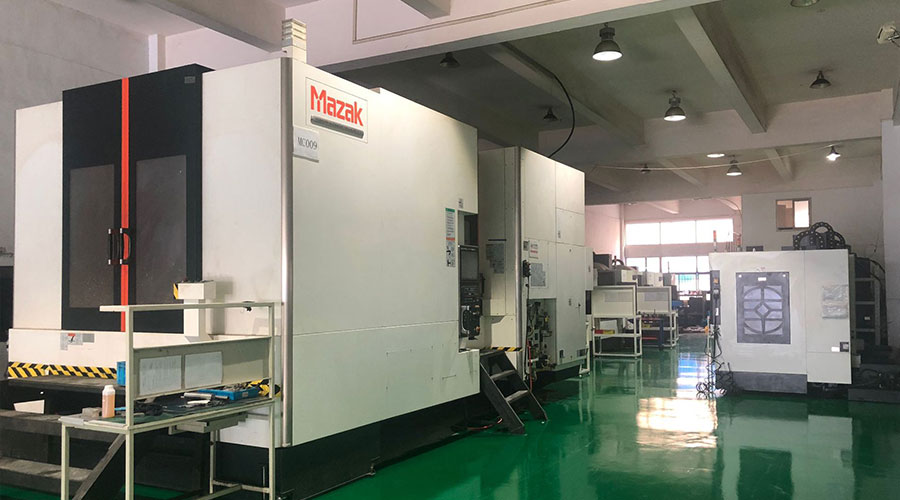 PTJ® provides a full range of Custom Precision cnc machining china services.ISO 9001:2015 &AS-9100 certified. 3, 4 and 5-axis rapid precision CNC machining services including milling, turning to customer specifications,Capable of metal & plastic machined parts with +/-0.005 mm tolerance.Secondary services include CNC and conventional grinding, drilling,die casting,sheet metal and stamping.Providing prototypes, full production runs, technical support and full inspection.Serves the automotive, aerospace, mold&fixture,led lighting,medical,bicycle, and consumer electronics industries. On-time delivery.Tell us a little about your project's budget and expected delivery time. We will strategize with you to provide the most cost-effective services to help you reach your target,Welcome to Contact us ( sales@pintejin.com ) directly for your new project.
PTJ® provides a full range of Custom Precision cnc machining china services.ISO 9001:2015 &AS-9100 certified. 3, 4 and 5-axis rapid precision CNC machining services including milling, turning to customer specifications,Capable of metal & plastic machined parts with +/-0.005 mm tolerance.Secondary services include CNC and conventional grinding, drilling,die casting,sheet metal and stamping.Providing prototypes, full production runs, technical support and full inspection.Serves the automotive, aerospace, mold&fixture,led lighting,medical,bicycle, and consumer electronics industries. On-time delivery.Tell us a little about your project's budget and expected delivery time. We will strategize with you to provide the most cost-effective services to help you reach your target,Welcome to Contact us ( sales@pintejin.com ) directly for your new project.
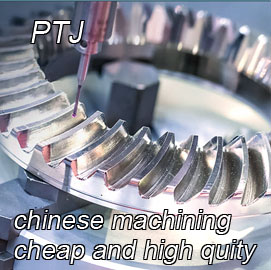
- 5 Axis Machining
- Cnc Milling
- Cnc Turning
- Machining Industries
- Machining Process
- Surface Treatment
- Metal Machining
- Plastic Machining
- Powder Metallurgy Mold
- Die Casting
- Parts Gallery
- Auto Metal Parts
- Machinery Parts
- LED Heatsink
- Building Parts
- Mobile Parts
- Medical Parts
- Electronic Parts
- Tailored Machining
- Bicycle Parts
- Aluminum Machining
- Titanium Machining
- Stainless Steel Machining
- Copper Machining
- Brass Machining
- Super Alloy Machining
- Peek Machining
- UHMW Machining
- Unilate Machining
- PA6 Machining
- PPS Machining
- Teflon Machining
- Inconel Machining
- Tool Steel Machining
- More Material

